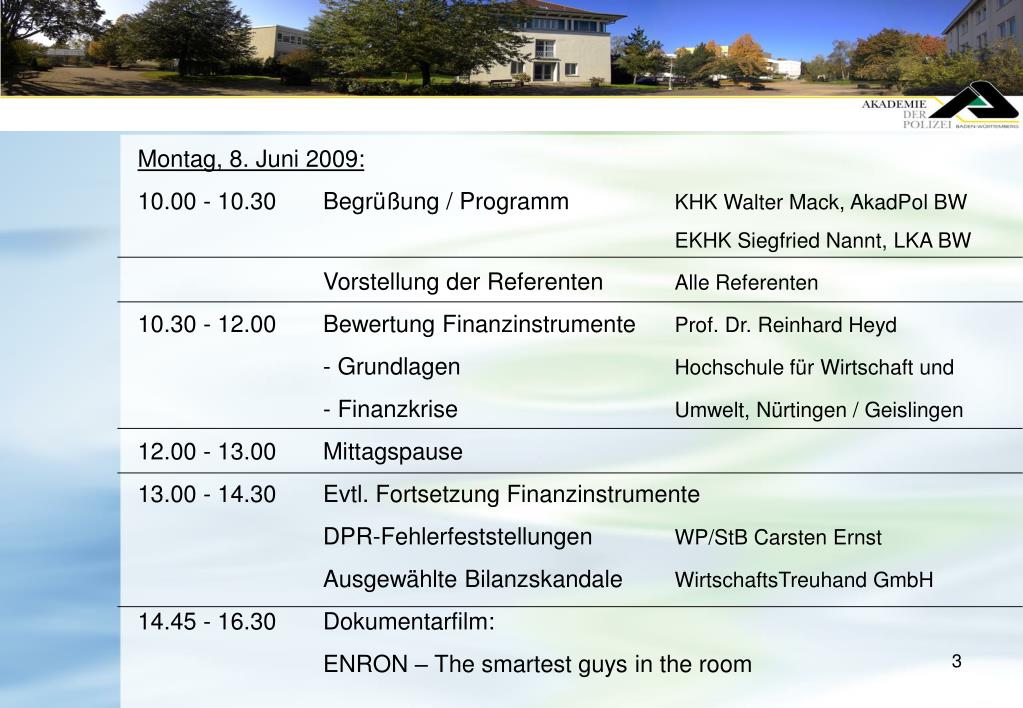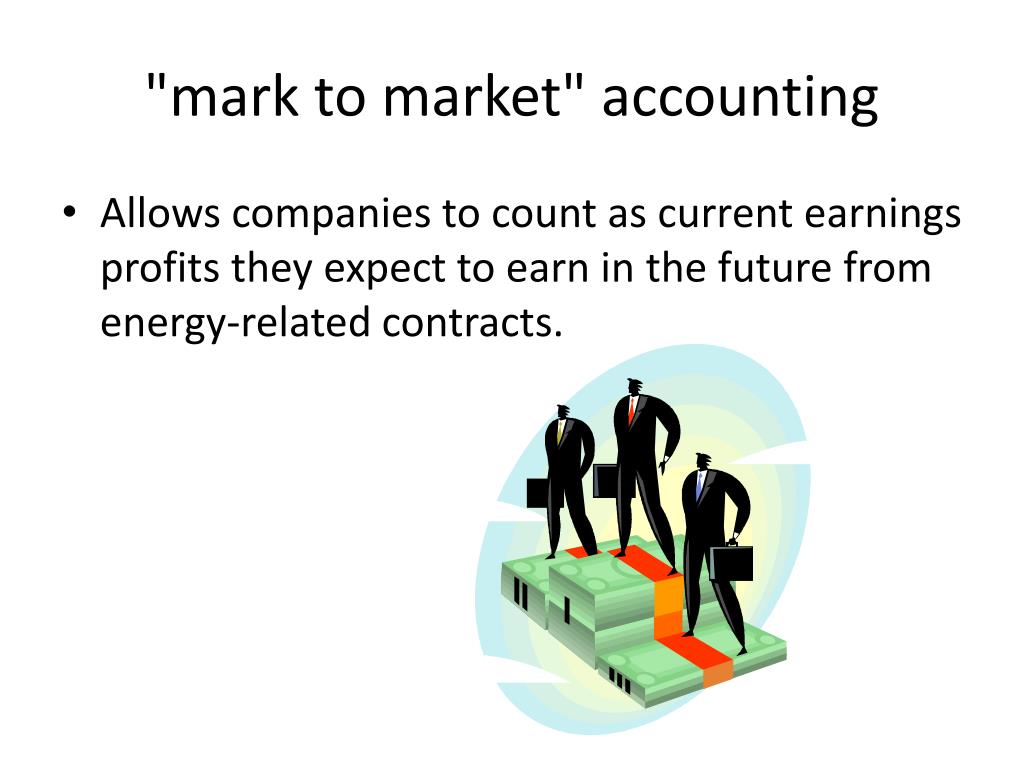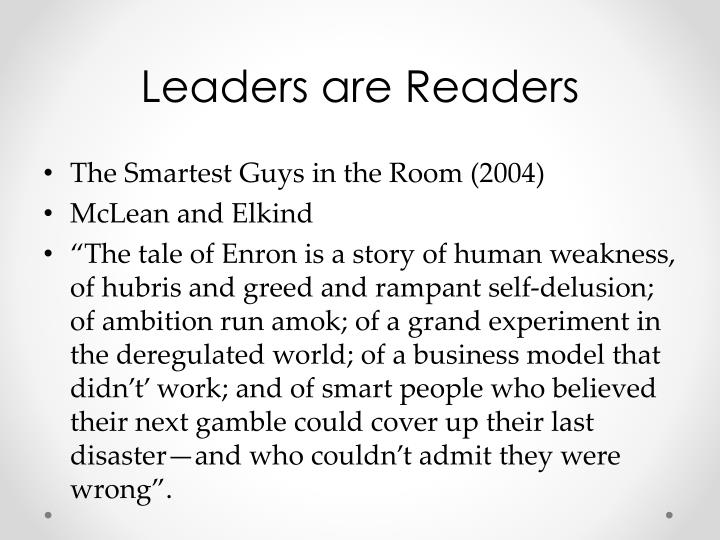

Securitization of gas lifted capital and balance sheets as constraints on growth. Enron could then trade the future contracts, just like oil futures.Įnron’s physical assets, ability to actually deliver gas, and its history and reputation gave it an edge over Wall St competitors who later entered the industry. So producers signed contracts to supply gas to Enron, in exchange for upfront money to develop reserves. Put simplistically, Enron would be the mediator between gas producers and gas buyers, with Enron earning the spread.Įnron was able to loan gas producers more money than banks, because it knew the clearing price of the gas. In 1987, Jeff Skilling, a McKinsey consultant who worked with Enron, envisioned Enron building a futures market, turning natural gas into a commodity (then a novel concept). After Ken Lay, Eron was headed by Jeff Skilling. In this strategic vacuum, a consultant had an answer. It turns out for all his enthusiasm, Lay didn’t personally have strategic insights into how to create a new business model in this new deregulated world. As a public company, Enron was desperate for real earnings. Management of the combined entity was tough, riddled with politics. A glut of gas on the market depressed prices and put Enron’s long-term gas contracts underwater. Things didn’t immediately work out quite as well as Lay hoped. Ultimately, Lay gained control of the board and became CEO of the company, renaming it Enron. It acquired HNG in 1985, with terms very favorable for HNG. Larger Omaha company InterNorth, in danger of being taken over by corporate raiders, wanted to defensively increase its size and debt load.


His vision was to control a large fraction of pipeline which would allow better negotiating leverage. Lay had served in various roles in gas companies before heading Houston Natural Gas (HNG) in 1984. Lay saw an opportunity to profit from this deregulation. The 1970s energy crisis caused natural gas to become deregulated.

Ken Lay, Enron’s founder and CEO, believed in efficient markets. Then, as it focused on short-term stock prices, it became corrupted by deceptive accounting, making more egregious bets. It all started with Ken Lay, Enron’s founder and CEO. Putatively, it began with good intentions and a believable vision. The Smartest Guys in the Room chronicles the history of Enron, from beginning to end. Ken Lay of Enron left the company in the hands of Jeff Skilling, where it quickly turned to greed and untenable practices. Ken Lay, Enron’s founder and first CEO, founded Enron based on theories of efficient markets. Who is Ken Lay of Enron? What was his role in the company’s failure? Like this article? Sign up for a free trial here. Shortform has the world's best summaries of books you should be reading. This article is an excerpt from the Shortform summary of "The Smartest Guys in the Room" by Bethany McLean and Peter Elkind.


 0 kommentar(er)
0 kommentar(er)
